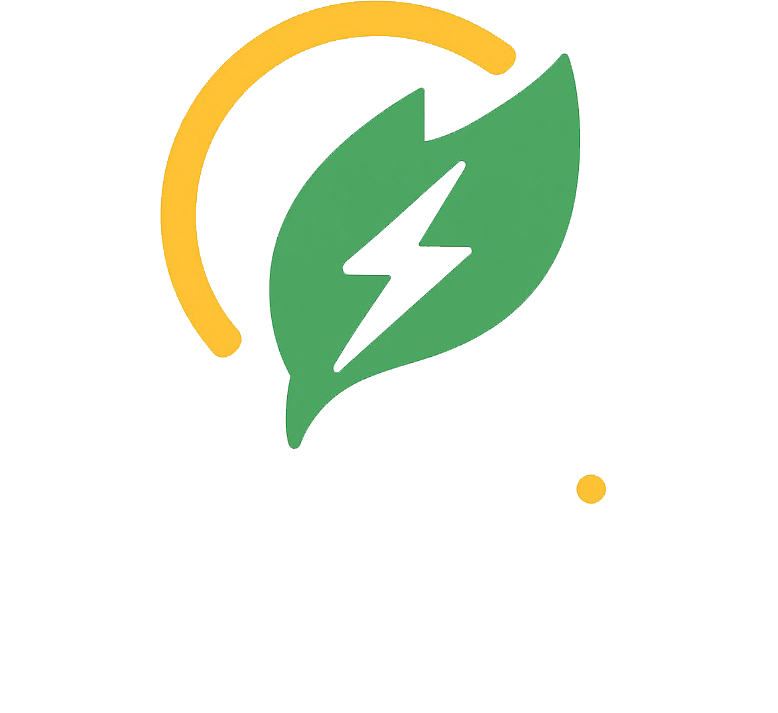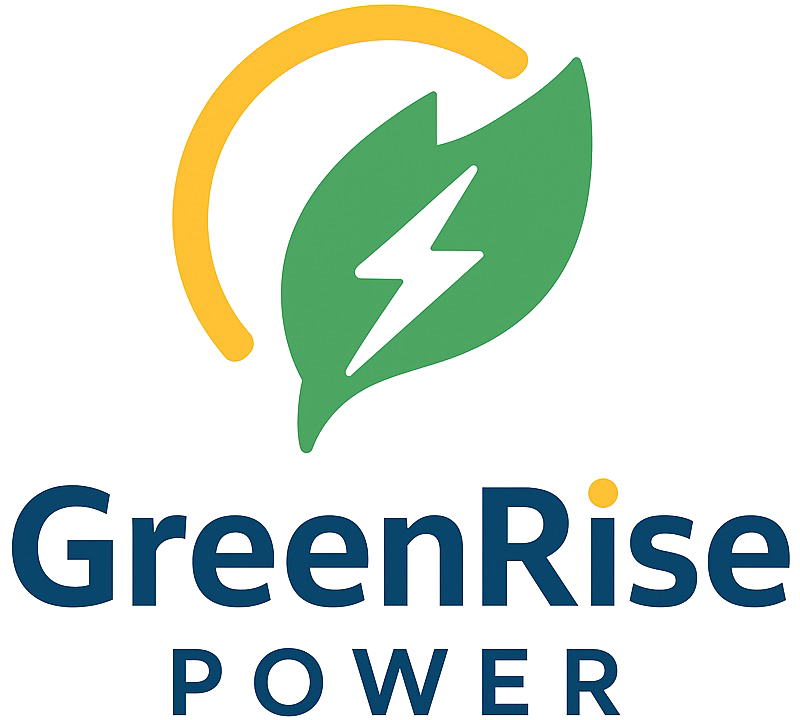FAQ
Solar Energy
Solar energy converts sunlight into electricity using photovoltaic (PV) panels. With Nigeria receiving 5.5 kWh per m² per day of solar radiation and abundant sunshine year-round, solar offers a reliable clean alternative to grid power and diesel generators during frequent outages.
Modern PV panels used in Nigerian installations achieve 20–24% efficiency, with premium residential models reaching up to 24.8%. Emerging technologies like bifacial and perovskite cells promise even higher performance in the coming years.
Yes—while output decreases, solar systems continue producing electricity under cloud cover, making them viable across Nigeria’s varied weather conditions throughout the year.
Solar panels typically last 25–30 years, with manufacturers guaranteeing at least 80% of original output after 25 years through industry-standard warranties.
Very minimal maintenance—occasional cleaning to remove dust and periodic inspections are sufficient due to the absence of moving parts. In Nigeria’s dusty conditions, cleaning every few months is recommended.
Current pricing varies by system size:
– Small home systems (1–2 kW): ₦500,000–₦1,000,000
– Medium systems (3–5 kW): ₦1,200,000–₦2,500,000
– Large residential systems (5–10 kW): ₦2,500,000–₦5,000,000
Individual panel costs range from ₦15,000 for 100W panels to ₦250,000 for 500W premium panels.
mal maintenance—occasional cleaning to remove dust and periodic inspections are sufficient due to the absence of moving parts. In Nigeria’s dusty conditions, cleaning every few months is recommended.
Wind Energy
Nigeria’s wind potential is moderate, with the most viable locations in northern regions and along the coastline. Wind speeds are generally higher in these areas, making wind power projects feasible.
Yes—Nigeria’s first utility-scale wind farm is the 10 MW Katsina Wind Farm, which became operational in 2020 with 37 wind turbines. A larger 50 MW Gurara II Wind Farm in Niger State is currently under development
Wind systems require higher upfront investment than solar:
– Small residential wind turbines (1–5 kW): ₦800,000–₦2,500,000
– Commercial wind systems (10–100 kW): ₦5,000,000–₦50,000,000
– Utility-scale wind farms: Costs vary significantly based on location and scale
Northern states like Katsina, Sokoto, and Kano show the best wind potential, along with coastal areas in Lagos, Rivers, and Cross River states. Wind speeds of 4+ m/s are generally needed for viability.
Hydropower
Hydropower is a major renewable energy source with 2,100 MW currently installed. Current hydroelectric energy accounts for about 20% of installed capacity, with major plants including Kainji (760 MW) and Jebba (578 MW).
Small hydro potential is estimated at 3,500 MW, but only about 60.58 MW (1.7%) has been developed. Small hydropower projects, typically ranging from 1 MW to 10 MW, are increasingly being developed to serve rural and off-grid communities.
Small hydropower costs depend heavily on site conditions:
– Micro hydro systems (up to 100 kW): ₦200,000–₦500,000 per kW
– Mini hydro systems (100 kW–1 MW): ₦300,000–₦800,000 per kW
– Small hydro systems (1–10 MW): ₦400,000–₁,200,000 per kW
Areas near rivers and streams with adequate flow, particularly in the Middle Belt and southern regions. States like Plateau, Taraba, Cross River, and parts of Kaduna offer good potential for small hydro development.
Biomass Energy
Biomass is the primary energy source in Nigeria, accounting for about 80% of the country’s energy supply. The agricultural sector produces significant biomass waste, including crop residues, wood waste, and animal dung
Technology for biomass energy includes biogas digesters and biomass gasification plants. Options include:
– Biogas digesters for households and farms
– Biomass gasification for electricity generation
– Direct combustion for heating and industrial processes
– Pellet production from agricultural waste
Biomass system costs vary by technology and scale:
– Household biogas digesters: ₦150,000–₦500,000
– Small commercial biogas plants: ₦1,000,000–₦5,000,000
– Biomass gasification systems: ₦800,000–₦3,000,000 per kW
– Large-scale biomass power plants: ₦500,000–₦1,500,000 per kW
Nigeria has abundant biomass resources including:
– Rice husks and straw
– Corn cobs and stalks
– Cassava peels and waste
– Palm kernel shells and empty fruit bunches
– Sawdust and wood waste
– Animal manure from livestock farming
Combined Renewable Systems
Yes—hybrid systems combining solar, wind, and sometimes micro-hydro with battery storage can provide more reliable power. These systems can optimize energy production based on seasonal variations and local resource availability.
Microgrids are localized power networks that can operate independently or connect to the main grid. They often combine multiple renewable sources (solar, wind, small hydro) with battery storage to serve communities, markets, or industrial facilities.
While hybrid systems have higher upfront costs, they offer better reliability:
– Solar-wind hybrid systems: 20–40% more than solar-only
– Solar-hydro combinations: 15–30% premium over single technology
– Full hybrid systems (solar-wind-micro hydro): 40–60% more expensive but much more reliable
System Selection and Implementation
Consider these factors:
– Available local resources (sun, wind, water flow)
– Energy requirements and usage patterns
– Budget and financing options
– Local technical support availability
– Environmental conditions and space constraints
Different technologies have varying maintenance needs:
– Solar: Minimal maintenance, cleaning panels periodically
– Wind: Regular mechanical servicing, more complex than solar
– Small hydro: Seasonal maintenance, debris clearing
– Biomass: Regular feeding, waste management, more hands-on
Yes—several financing mechanisms are available:
– Pay-as-you-go schemes for smaller systems
– Equipment financing through local banks
– International development funding for community projects
– Corporate financing for larger commercial installations
– Cooperative financing for community-owned systems
Choose providers offering:
– Experience with multiple renewable technologies
– Local technical support and maintenance services
– Transparent pricing and system sizing
– Quality components with proper warranties
– Training on system operation and basic maintenance
– Clear financing terms and payment options
Renewable systems typically offer:
– No ongoing fuel costs after installation
– Quieter operation (especially solar and hydro)
– Lower long-term maintenance costs
– No emissions during operation
– Longer operational lifespans (15–30 years vs 3–8 years)
– Better suited for rural areas with limited fuel access
The growing renewable sector creates opportunities in:
– System design and engineering
– Installation and commissioning
– Operations and maintenance
– Sales and customer service
– Project development and management
– Technical training and education
– Equipment distribution and logistics

